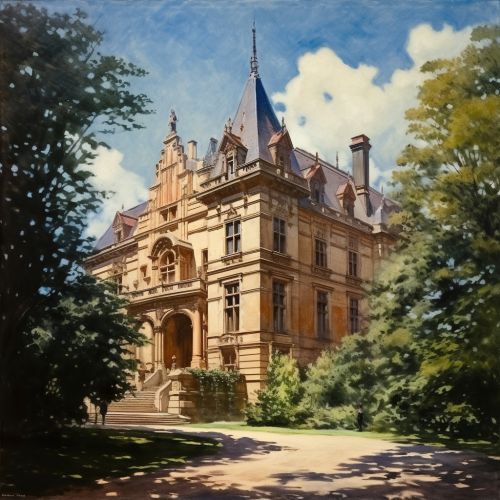Johannes Rydberg
Early Life and Education
Johannes Rydberg was born on November 8, 1854, in Halmstad, Sweden. He was the son of Sven Rydberg, a local merchant, and Maria Andersdotter. Rydberg's early education took place at the Halmstad Higher General Secondary School, where he showed an early aptitude for mathematics and physics.
In 1873, Rydberg began his studies at the University of Lund. He initially studied mathematics and the natural sciences, but his interests soon shifted to physics. Rydberg obtained his doctorate in 1879 with a thesis on the conductivity of electrolytes, a topic in the field of physical chemistry.


Career and Research
After obtaining his doctorate, Rydberg continued to work at Lund University. He started as a docent in physics, and in 1884, he was appointed as a professor of physics, a position he held until his retirement in 1915.
Rydberg's research primarily focused on spectral lines of elements. He was particularly interested in the spectral lines of hydrogen, which led to the development of the Rydberg formula in 1888. This formula was instrumental in predicting the wavelengths of photons (light particles) in a hydrogen atom.
Rydberg's work on spectral lines also led to the concept of the Rydberg constant, a physical constant that is fundamental to atomic physics. The Rydberg constant is used in the calculation of atomic spectra, which are the frequencies of light that atoms can emit or absorb.
Rydberg also proposed the concept of the Rydberg unit of energy in his later work. This unit of energy is used in the field of atomic physics, particularly in the study of atomic spectra and atomic structure.
Legacy
Rydberg's work has had a significant impact on the field of atomic physics. His formula and constant are still used today in the study of atomic spectra. The Rydberg unit of energy is also widely used in atomic physics.
In recognition of his contributions to the field, the International Union of Pure and Applied Physics named the unit of wave number (reciprocal wavelength) as the "Rydberg" in his honor. Additionally, a crater on the moon has been named the "Rydberg Crater" in recognition of his contributions to science.
Rydberg's work also paved the way for the development of quantum mechanics in the early 20th century. His formula and constant were key pieces of evidence in the development of the Bohr model of the atom, which was one of the first models to incorporate quantum theory.
Personal Life and Death
Rydberg was known to be a private individual, and little is known about his personal life. He never married and had no children. Rydberg died on December 28, 1919, in Lund, Sweden.


